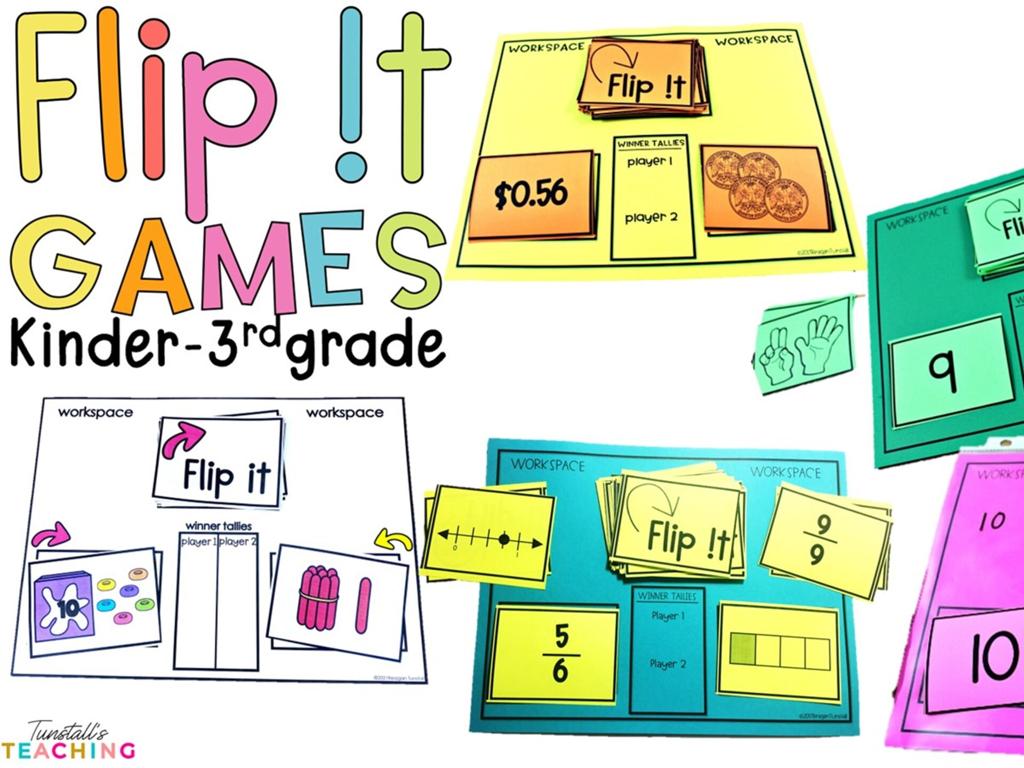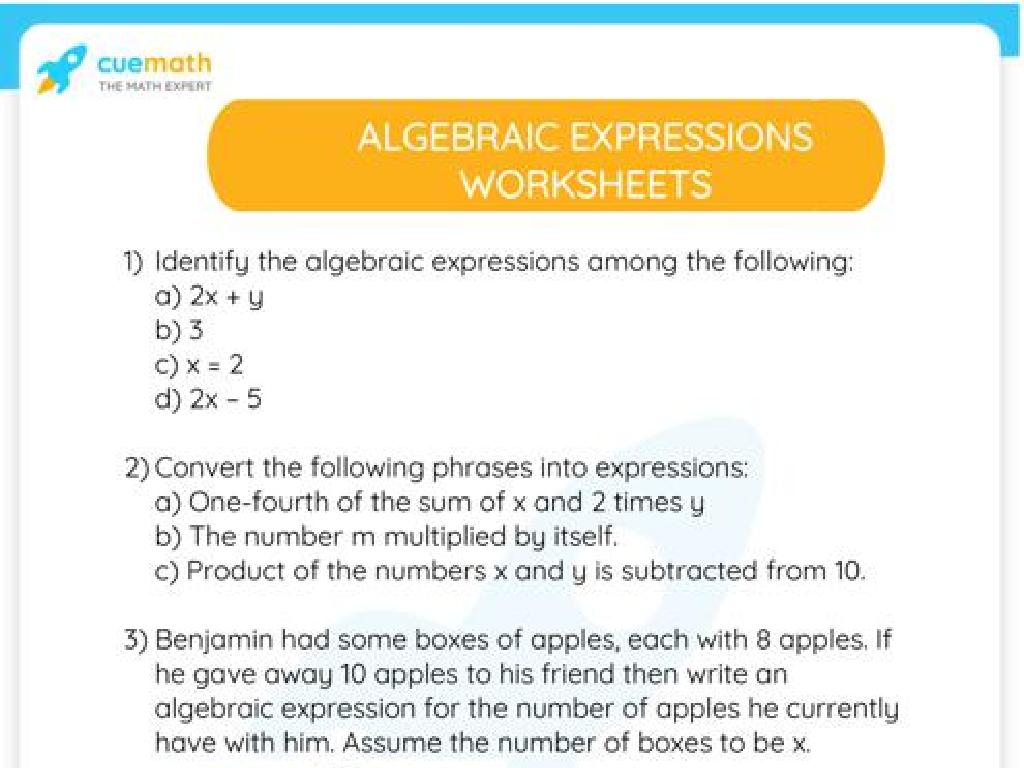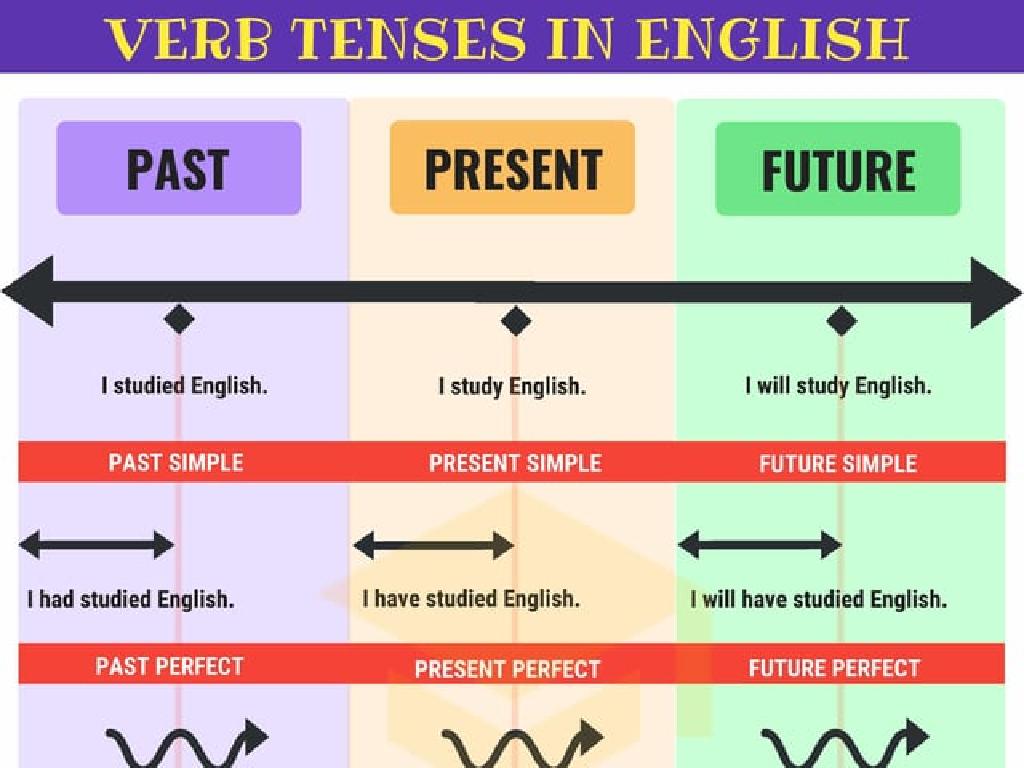Write A One-Step Equation: Word Problems
Subject: Math
Grade: Sixth grade
Topic: One-Variable Equations
Please LOG IN to download the presentation. Access is available to registered users only.
View More Content
Mastering One-Step Equations: Word Problems
– Basics of one-step equations
– An equation with one operation to solve for a variable
– Equations and balance scales
– Each side of an equation must have equal value, like a scale
– Writing equations from words
– Convert word problems into algebraic expressions
– Practice with real examples
|
This slide introduces students to the concept of one-step equations and their real-world applications. Begin by explaining that a one-step equation involves only one operation addition, subtraction, multiplication, or division to solve for the unknown variable. Draw an analogy between equations and balance scales to illustrate the concept of maintaining equality. Emphasize the importance of understanding the problem context to write an accurate equation. Provide examples of word problems and demonstrate how to translate them into one-step equations. Encourage students to practice with examples and prepare for interactive activities where they will create and solve their own one-step equations from word problems.
Understanding One-Step Equations
– Define a one-step equation
An equation that requires one operation to solve, e.g., x + 3 = 10
– Examples of one-step equations
For instance, x – 5 = 15 or 6 = y/2. Simple yet fundamental in algebra.
– Purpose of solving one-step equations
To find the unknown value, which is the solution to the equation.
– Class activity: Solve real-world problems
Students will apply concepts to solve problems like ‘I have 10 apples, I eat some, and now I have 7. How many did I eat?’
|
This slide introduces the concept of one-step equations, which are the simplest form of algebraic equations and require only one operation to solve. Start by defining a one-step equation and then provide clear examples, such as adding or subtracting a number to find the unknown variable. Emphasize the goal of solving these equations: to isolate the variable and find its value. For the class activity, present real-world problems that can be translated into one-step equations, allowing students to practice and demonstrate their understanding. Provide guidance on setting up the equation from a word problem and solving it. Offer at least 4-5 different scenarios for the activity to cater to varied student abilities and ensure everyone is engaged.
Translating Words to Numbers
– Identify keywords in problems
– Look for ‘sum’, ‘difference’, ‘product’, ‘quotient’.
– Match words with operations
– ‘Sum’ means +, ‘less than’ means -, and so on.
– Translate phrases to expressions
– Turn ‘the sum of 5 and a number’ into ‘5 + x’.
– Practice with example problems
– Solve example: ‘6 more than a number is 9’.
|
This slide is aimed at helping students understand how to convert word problems into one-step equations. Start by identifying keywords that indicate specific mathematical operations. For instance, ‘sum’ suggests addition, while ‘less than’ indicates subtraction. Students should practice matching these words to their corresponding operations. Then, guide them to translate phrases into mathematical expressions, such as turning ‘the sum of 5 and a number’ into ‘5 + x’. Provide practice problems for students to apply these skills, such as translating and solving the statement ‘6 more than a number is 9’ into the equation ‘x + 6 = 9’. Encourage students to work through these translations step by step and to ask questions if they’re unsure.
Writing Equations from Word Problems
– Carefully read the problem
– Decide what the variable represents
– The variable is what we don’t know, like ‘x’ for unknown number of apples
– Translate words into an equation
– Use math symbols to rewrite the problem’s sentences
– Solve the equation
– Find the value of the variable to answer the problem
|
This slide is aimed at teaching students a systematic approach to writing one-step equations from word problems. Start by reading the problem thoroughly to understand what is being asked. Next, identify the variable, which is the unknown quantity we’re solving for, and assign a symbol like ‘x’ or ‘y’. Then, translate the problem from words into a mathematical equation using appropriate symbols (+, -, *, /). Lastly, solve the equation to find the value of the variable. Encourage students to practice with examples, such as ‘Sam has x dollars, he buys a toy for 5 dollars, and now has 10 dollars. Write an equation to represent this situation.’ The answer would be ‘x – 5 = 10’. This process helps students to not only solve the problem but also to understand the structure of mathematical equations in the context of real-life situations.
Solving One-Step Equation Word Problems
– Read the problem aloud
– Identify the variable
– The variable represents an unknown number we’re trying to find
– Write the equation
– Translate the problem into a mathematical statement
– Solve the equation
– Use inverse operations to find the value of the variable
|
This slide is designed to guide students through the process of solving a one-step equation from a word problem. Start by reading the problem aloud to ensure understanding. Next, identify the variable, which is the unknown quantity we want to solve for. Then, write the equation by translating the word problem into a mathematical expression. Finally, solve the equation using inverse operations to isolate the variable. Encourage students to verbalize their thought process as they work through each step. For example, if the word problem is ‘Jacob has 7 fewer marbles than twice the number of marbles that Emily has. If Jacob has 13 marbles, how many marbles does Emily have?’ The equation would be 13 = 2x – 7. Solving it, we find that Emily has 10 marbles.
One-Step Equation: Example Problem 2
– Understand the problem scenario
– Identify the variable and equation
– Let’s assign ‘x’ to represent the unknown value
– Collaboratively solve the equation
– Use subtraction or division, depending on the operation involved
– Discuss the solution as a class
|
This slide presents a new word problem that requires a different operation than addition or multiplication, such as subtraction or division. Start by reading the problem aloud and ensure students understand the context. Next, identify the variable that represents the unknown quantity in the problem. Write the equation on the board and guide the class through solving it step by step. Encourage participation and ask students to explain their reasoning. After solving, discuss why the solution makes sense in the context of the problem. This exercise will reinforce their understanding of one-step equations and how to approach word problems.
Group Practice: One-Step Equations
– Break into small groups
– Receive a unique word problem
– Write the one-step equation
– Translate the problem into a mathematical equation
– Solve the equation together
– Use inverse operations to find the solution
|
This slide is designed for a collaborative classroom activity where students will apply their knowledge of one-step equations to solve word problems. Divide the class into small groups to encourage teamwork. Each group will be given a different word problem to ensure a variety of examples. Students will practice translating word problems into one-step equations, reinforcing their understanding of the relationship between mathematics and real-world scenarios. They will then solve the equations using inverse operations, such as addition and subtraction or multiplication and division, depending on the problem. As a teacher, circulate the room to provide guidance and ensure each group is on track. Possible word problems could involve scenarios like shopping, cooking, or even simple physics problems involving distance and speed. The goal is for students to feel comfortable with the process of forming and solving equations from word problems.
Sharing One-Step Equation Word Problems
– Groups present their problems
– Discuss various solving methods
– How did others approach the problem?
– Engage in peer learning
– Learn from classmates’ explanations
– Reinforce equation concepts
– Understand different ways to find solutions
|
This slide is meant to facilitate a collaborative class discussion where students will present the word problems they’ve worked on and explain their solutions. Encourage groups to share not just their final answers but also their thought processes and any challenges they faced. As each group presents, guide the class to discuss the different methods used to solve the problems, highlighting that there can be multiple ways to reach the correct solution. This peer learning activity is crucial for reinforcing the concept of one-step equations and for students to learn from each other. Provide feedback and clarify any misconceptions. Prepare to offer alternative strategies or explanations to ensure all students grasp the concept.
Class Activity: Equation Scavenger Hunt
– Solve hidden one-step equations
– Each solution reveals the next clue
– Work together in groups
– Collaborate to find and solve equations
– Prize for the first finishing group
– Encourages quick and accurate problem-solving
|
This interactive class activity is designed to engage students in solving one-step equations through a scavenger hunt. Hide problems around the classroom beforehand. Each problem will have a one-step equation that students must solve to find the next clue. Group students and explain that teamwork is essential. The first group to solve all equations and find the final clue wins a prize. This activity promotes collaboration, problem-solving, and reinforces their understanding of one-step equations. Possible variations include different difficulty levels for equations or incorporating hints for groups that may struggle. Ensure to monitor the progress and provide guidance as needed.
Wrapping Up: One-Step Equations
– Recap on one-step equations
– Reviewed how to solve equations with addition, subtraction, multiplication, or division
– Practice is key to mastery
– Regular practice helps solidify understanding
– Homework for extra practice
– Solve assigned problems to reinforce today’s lesson
– Bring questions next class
|
As we conclude today’s lesson on one-step equations, it’s important to remind students of the methods we’ve covered for solving equations using the four basic operations. Emphasize the importance of practice in mastering these concepts, as familiarity with these types of problems will greatly aid in their mathematical journey. For homework, assign a set of problems that require students to apply what they’ve learned in class. Encourage them to attempt all the problems and bring any questions they have to the next class for clarification. This will not only help them understand the material better but also prepare them for more complex equations in the future.





